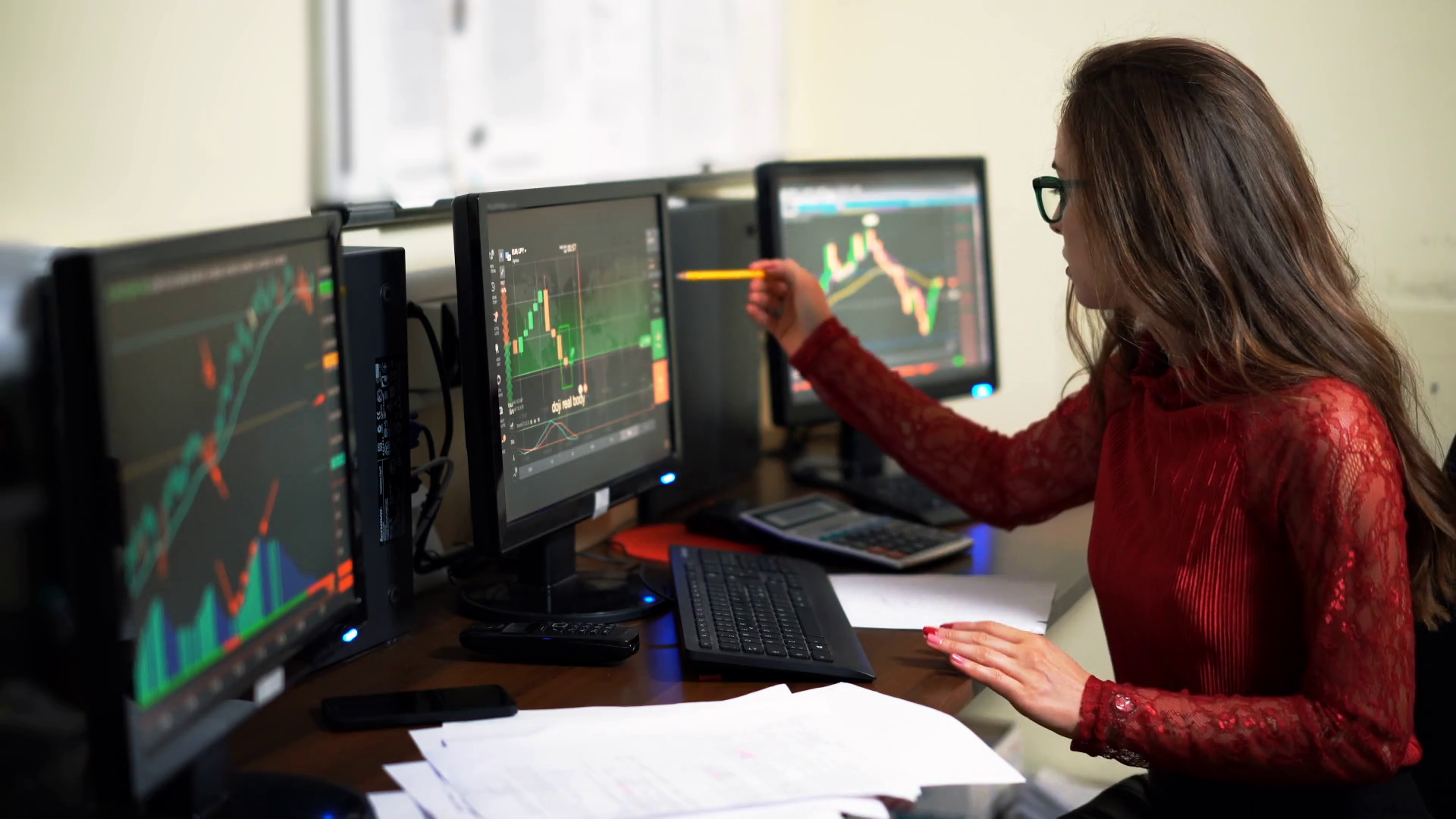
Before a trader is able to spot at a TradingView Charts price variations or make money from value gaps in the market, they must overcome the specific challenges of trading in a low-liquidity market. A gap is marked by a disparity in value between the most recent closing price and the opening price, this occurs when news or events happen after trading hours. Since there are few trading activities because assets are not available in these markets, gaps are more significant, and therefore, traders must prepare well in order to win.
Technical analysis can be used by traders to identify set gap patterns that may assist them in developing potential trading strategies. There are various different gap patterns, which are classified as breakaway, continuation and exhaustion. Different types of gaps create distinct signals that enable market trends to be predicted. Breakout gap, however, usually indicates the beginning of a new trend, whereas exhaustion gaps generally foretell the reversal of a prior trend. TradingView Charts User Guide Traders employ analysis tools offered by TradingView Charts in order to detect key market patterns in their trades that bring vital market information into their trading choices.
Volume is a basic strategic measure to keep in mind in low-liquidity trading markets, particularly for high-profile names. Gaps that form during low-volume do not traditionally hold up as well, with market volatility having a tendency to bless lower volume time periods. Gap analysis is done by examining the volume of trading that is taking place as the price is moving. High-volume gap is typically giving strong conviction from the traders whereas low volume gap is indicating doubt in the market regarding the future movements so traders should be cautious.
One of the most important things in TradingView Charts is that traders need to achieve in gap trading is timing on their trades. Most of the market participants are mere spectators after a gap until a clear stability is displayed in the market. With this approach traders managed to avoid the very high volatility that usually comes after such price changes. With TradingView Charts already constructed as a guide so that traders would prefer to design alert systems to monitor price action after it gaps higher, most likely to exhibit good entry signals, while working on their control to risk effectively.
The need for risk management in every trading scenario, and especially in illiquid markets. Apart from this, the hedging measure is useful for traders because it keeps their investment free from extreme variations caused by the gap that might arise during the day. Loss reduction by position size is governed by risk tolerance and equity-based parameters. Successful trading involves gap analysis, trailing volume, and risk management, enhancing the probability of profits.
Trading success with gaps requires patience and discipline in trading choices in low liquidity markets. Emotional choices result in the double loss of opportunity loss and financial loss. Traders therefore receive market intelligence and sufficient feedback to gain confidence to implement their strategy over a long period through the systematic process of analyzing Traders using TradingView Charts.
With millions, even billions of dollars changing hands in low-liquidity markets, gap trading requires strong volume analysis and risk management to be truly effective. Selecting the right charting software, combined with a disciplined trading approach, is essential for traders aiming to excel in gap trading. By implementing a well-structured strategy, traders can capitalize on unique market opportunities presented by gaps, ultimately leading to more consistent and profitable trading outcomes.